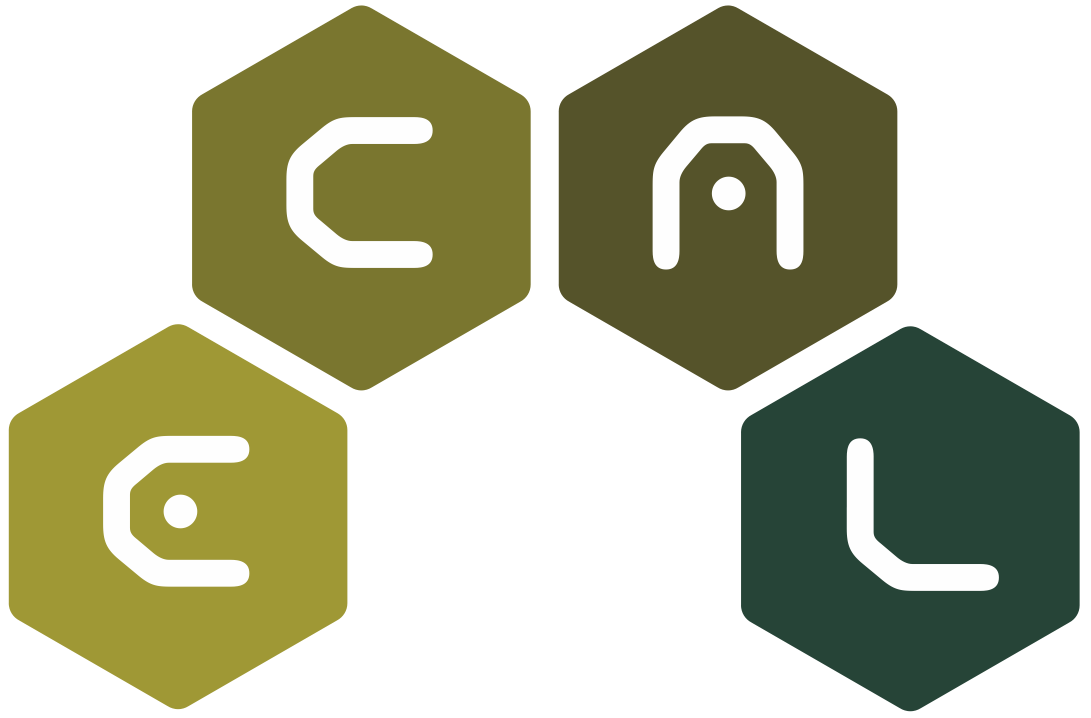Title
Simulating self-replicating, chemically immersed, microchip swarms

Simulating self-replicating, chemically immersed, microchip swarms
Download via this paper's page on the MIT Press ECAL 2015 Proceedings website.
Silicon microchips of size 100x100 μm2 with active electronic sensing and actuation reacting in a chemical environment is the vision of the research project http://www. micreagents.eu, see figure 1a. These chips, called lablets, are fabricated in standard 180nm silicon technology and will be equipped with custom developed supercapacitors allowing them to react autonomously in fluids. They are designed to catalyze reactions with inbuilt electrodes and utilize electro-osmotic flow to propel along in the fluidic system, McCaskill et al. (2012).
We explore swarms of solvated lablets in simulations using a developed simulation environment Chemical Swarm Language, CSL (2013), which essentially is a 2D reaction diffusion system with lablets as “active walkers”. Lablets can follow chemical gradients with a given propensity and have their own chemical reservoir. Chemical reactions are restricted to the onboard reservoir and are neglected outside of lablets. A state-machine is controlling the activation of lablet electrodes. Both chemicals and lablets diffuse with respective diffusion constants.
Emergent mesoscale structures are generated e.g. when situated lablets take up material in a low-concentration area and release it again in a high-concentration area. These structures can also develop if lablets catalyze reactions such that the same chemical(s) are depleted in low-concentration areas and produced in high-concentration locations. Result are dynamical steady-state structures, maintained by the active lablets powered by their onboard super capacitors. When the lablets can catalyze at least two chemicals, which lablets in different states try to avoid, the dynamical structures can divide into two or more new structures. Depending on the number of available lablets these colonies eventually grow and divide again, see time series in figure 1b below.
These highly nonlinear chemically induced structures are created as in quorum-sensing, Melke et al. (2010), via direct communication of the lablet swarm with the chemical environment. They also resemble self-replicating spots in the Gray-Scott model, Pearson (1993), although the mechanism being entirely different, and in contrast can be treated as robust autonomous mesoscale objects which e.g. can be dragged around. These objects represent chemically confined areas and as such offer a chemical reaction vessel, as in droplets or synthetic liposomes, Pereira de Souza et al. (2009), but do not suffer from the input-output issue with complex molecules or different phases. They represent a novel kind of protocells, Rasmussen et al. (2008) and promise entirely new applications in nonlinear chemistry.